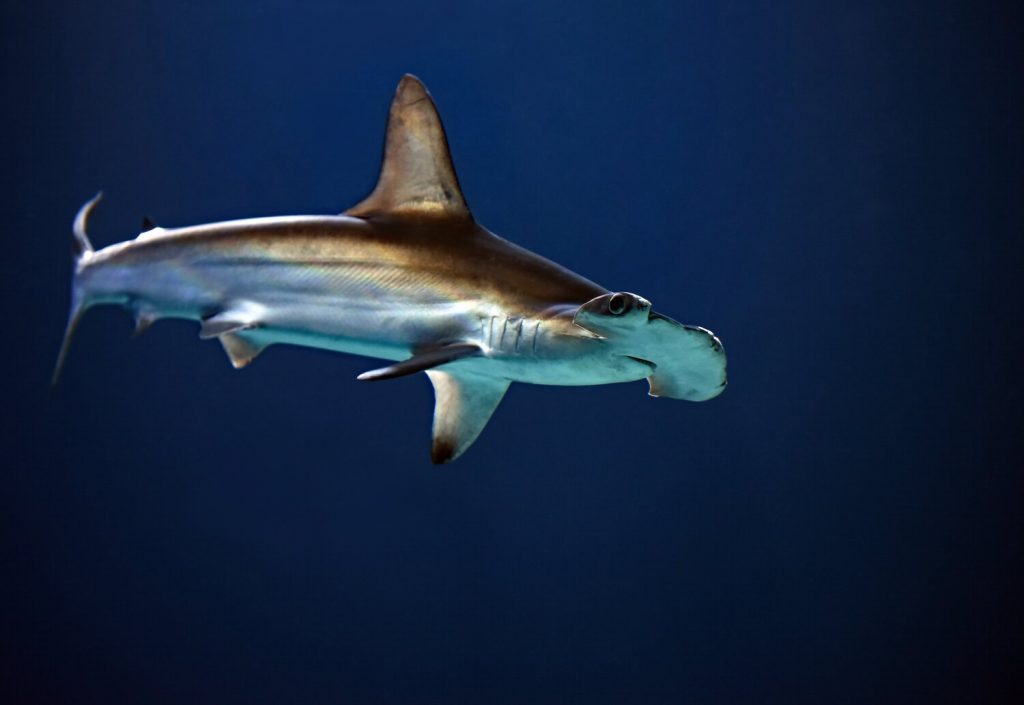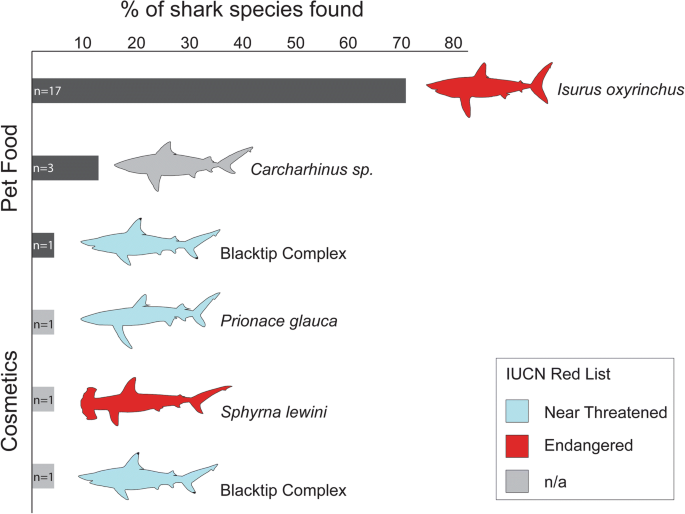How the Beauty Industry is Killing Sharks
Written by Taylor Tsacoumis
Source : https://ali.fish/blog/how-the-beauty-industry-is-killing-sharks?rq=tsacoumis

Listed as an ingredient in many cosmetics such as eye shadow, lipstick, and foundation you will see ‘squalene’ or ‘squalane’. This ingredient is highly sought after for its moisturizing and restorative properties. Squalene with an e is naturally produced by the body – by the sebaceous oil glands in our skin. With age the production of natural squalene decreases, so people begin to turn to other sources to meet their beauty needs. One of the most common, and unexpected sources, is shark liver.

In a process called ‘livering’ the shark, specifically a deep sea shark, the liver is removed and the carcass of the shark is dumped back into the ocean. Similar to the cruel process of finning, the shark suffers a painful death. Of the 60 shark species that are fished for their oils, 26 are considered vulnerable to extinction by the International Union for Conservation of Nature (IUCN). Over 3 million sharks are killed every year to satisfy the needs of the beauty industry.
Squalane with an a is derived by hydrogenation of squalene. Squalane can be found in many natural places: olives, sugar cane, and rice bran. Squalane is 30% more expensive to harvest so the $500 billion beauty industry chooses to use squalene sourced from sharks because it is cheaper. The beauty industry is also highly unregulated, so cosmetic brands do not need to make consumers aware of the source of the squalene used. Consequently it has become the consumer’s responsibility to research where the ingredients in their beauty products have come from. Looking for words such as ‘100% plant-derived’ or ‘vegetable-based’ can guarantee their products are shark-free.
In a research study conducted at Stony Brook University, Diego Cardeñosa used a technique called genetic barcoding to identify shark DNA in pet foods and cosmetics. Cardeñosa tested 24 cosmetics from 15 different brands which did not indicate on their labels whether the squalene their products contained was plant- or shark-based. Of the products tested, three were found to contain shark DNA. Traces of blue shark, scalloped hammerhead shark, and blacktip shark species were found in these products.

As consumers, we should – continuously educate ourselves and be vigilant in our purchasing habits. Until we have more stringent regulations, it is up to us to do the homework to see where the squalene in our beauty products is coming from. Do your small part in helping protect these amazing creatures.
Article by Taylor Tsacoumis